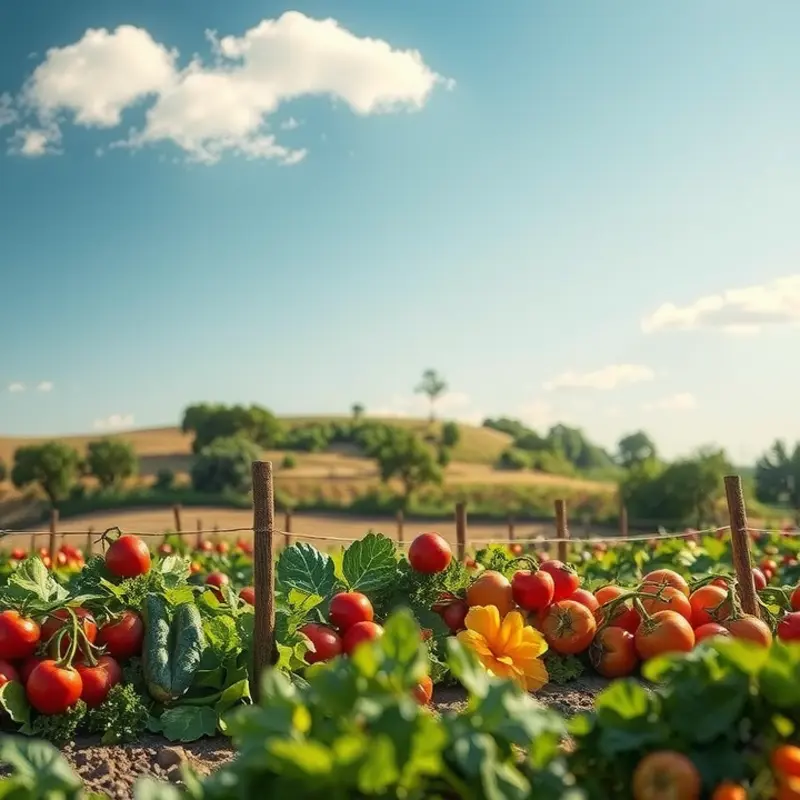Packed lunches can offer convenience, but they also pose challenges in preventing food spoilage. Knowing how to store your meals correctly can enhance safety, minimize waste, and improve your kitchen management. With a few practical tips, you can ensure that your packed lunches stay fresh and enjoyable until it’s time to eat.
Essential Storage Techniques

Maintaining the freshness of packed lunches is both a science and an art. The correct choice of containers, effective temperature regulations, and understanding specific needs for different food types form the core of any smart storage strategy. Here’s how you can ensure your meals stay delicious and spoil-free till lunchtime.
Containers: The first line of defense against spoilage is choosing the right container. Opt for airtight containers that are leak-proof with a secure seal to prevent air from creeping in. This helps in maintaining the integrity of the food and curbing bacterial growth. For soups or liquids, choose containers with an additional locking mechanism to avoid spills. Moreover, using smaller containers for items like sauces and dressings, which should be stored separately to maintain the freshness of dry items, plays a crucial role.
Temperature Control: Keeping foods at their ideal temperature is key to preserving their freshness. Insulated lunch bags or boxes with built-in cooling packs can retain temperature efficiently. Cold foods need to be kept below 40°F to prevent bacterial growth, while hot foods should be maintained above 140°F. An insulated thermos is highly effective for soups and stews, keeping them warm until it’s time to eat. Consider wrapping containers with a tea towel for added insulation, especially in extreme temperatures.
Specific Food Storage: Different types of food require unique storage considerations. Leafy greens and cut fruits should stay cold and, ideally, harvested as close to packing time as possible. You can extend their freshness by wrapping them in a paper towel within an airtight container to absorb excess moisture. For grains and breads, it’s essential to avoid moisture exposure. Keep them in airtight containers and add a silica gel pack to maintain dryness. Sustainable kitchen storage practices emphasize reusability, which both protects your food and reduces waste.
Best Practices: Label and date your lunches to keep track of how long they’ve been stored. This is particularly important when preparing meals in bulk. Also, consider the order of packing; place items that need to remain cold at the bottom, and separate utensils to avoid contamination. Plan to pack your lunch right before leaving to maintain maximum freshness.
Proper storage techniques ensure your packed lunches remain appealing both in flavor and appearance. By investing a bit of time and thought into how you store your meals, you’ll naturally reduce food spoilage and enjoy a more satisfying lunchtime experience. This not only conserves food resources but also supports daily nutritional goals by ensuring meals are both safe and delicious to consume.
Minimizing Food Waste and Enhancing Food Management

Meal prepping is a cornerstone of effective food management. It offers a clear way to reduce waste while ensuring that meals remain fresh and appetizing. The key is thoughtful planning. Consider the number of meals needed for the week and select recipes that align with your dietary needs and preferences.
Creating a weekly meal plan helps prevent over-purchasing. By knowing exactly what you’ll eat, you avoid buying unnecessary items that could spoil. List the ingredients you need and stick to it when shopping.
Freezing is another powerful technique to extend the shelf life of many foods. Understanding how different foods respond to freezing is crucial. Cooked grains, for example, freeze well and make excellent bases for lunches when defrosted. Dairy products often change texture after freezing, so be mindful of what you choose to store.
Label your food items with dates before placing them in the freezer. This practice prevents forgotten items from languishing too long and becoming unusable. Be sure to use airtight containers or freezer bags to minimize freezer burn, which can affect food quality.
Knowledge of food shelf life is indispensable in minimizing waste. Perishable items such as leafy greens should be consumed within a few days of purchase. Store them in breathable bags or containers to extend their freshness. Sturdier vegetables like carrots and potatoes have longer shelf lives but still require appropriate conditions—cool, dry places.
Dairy products, often significant components of packed lunches, need precise storage techniques to stay fresh. Store them in the coldest part of the fridge, usually in the main compartment, not the door. Proper storage can significantly affect their longevity and quality.
Organization plays a pivotal role in food management. A well-organized fridge and pantry make it easier to track what you have. This reduces the risk of duplicate purchases or overlooked items going bad. Implement eco-smart storage solutions to maximize both space and sustainability.
Keeping an inventory of your supplies is a simple step with substantial benefits. Set a regular schedule to go through your pantry and fridge, taking note of items near expiration. This practice encourages a “first in, first out” methodology, ensuring older ingredients are used first.
Incorporate a habit of questioning your food habits. Are certain foods consistently left uneaten? Adjusting your shopping and cooking habits based on these observations can curtail future waste effectively.
These strategies, when combined, don’t just save money and reduce waste, but they also support a more sustainable kitchen. By mastering these techniques, you can enjoy fresh, safe meals securely and confidently.
Final words
By implementing the right storage techniques and enhancing your food management practices, you can significantly reduce spoilage in packed lunches. Remember to choose appropriate containers, utilize temperature control, and plan your meals efficiently. These strategies not only make your lunches safer and fresher but also contribute to reducing food waste, allowing you to enjoy nutritious meals without the extra cost and environmental impact. Embrace these actionable tips and transform your lunch prep routine.







